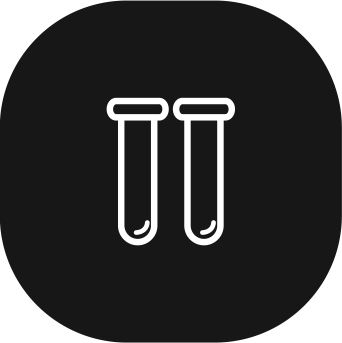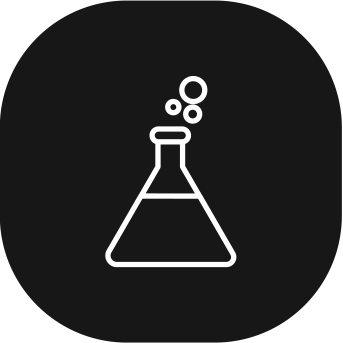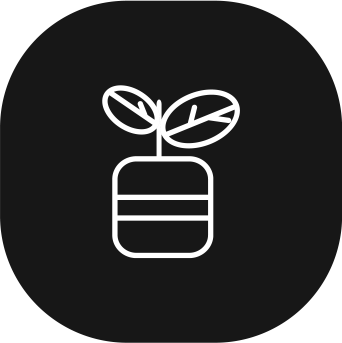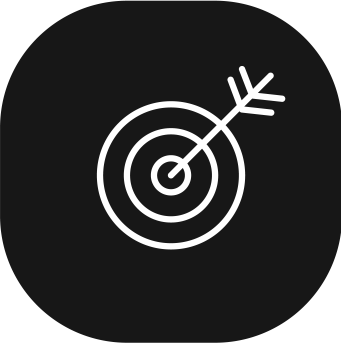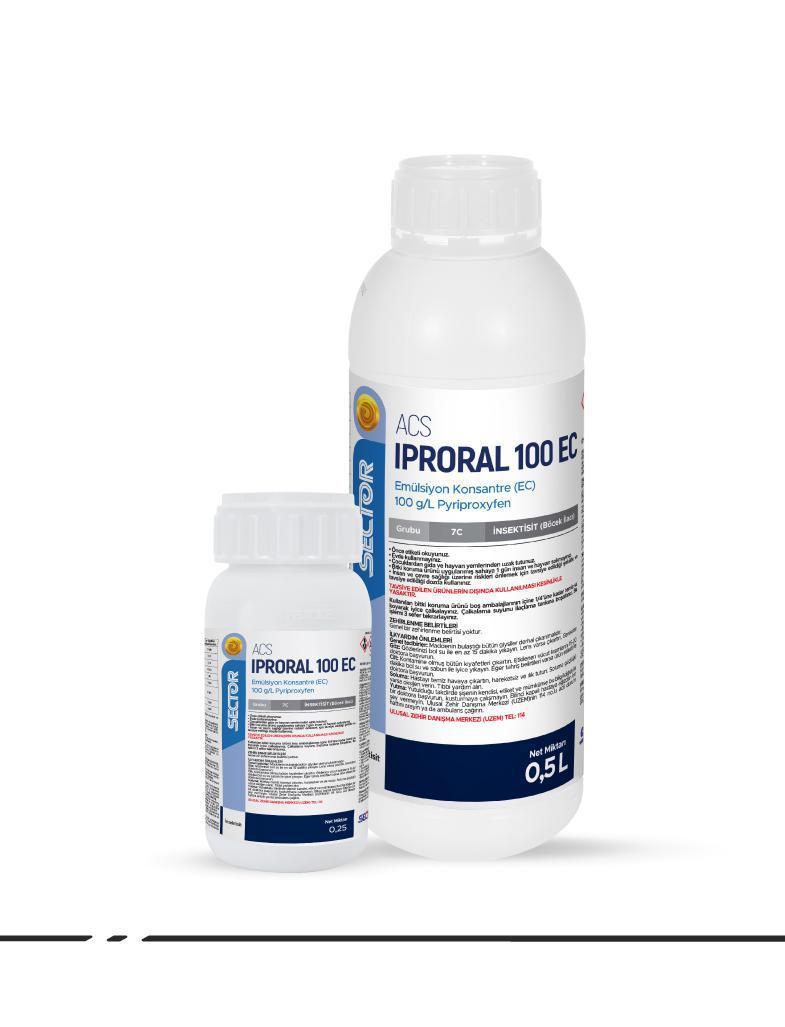
ACS Iproral 100 EC
Category: Crop Protection
Product Group: Insecticide (Insecticide)
Active Agent: 100 g/l Pyriproxyfen
Formulation: Emulsion Concentrate (EC)
Peach - White Peach Scale: The application is made against the first and second generations. Two applications are made, one when the larvae first emerge and the second 20 days later. However, for the second generation, it should be taken into account that some peach varieties have reached harvest time. Eggplant, Pepper (Greenhouse), Tomato (Greenhouse), Cucumber (Greenhouse) - Tobacco Silverleaf Whitefly: The area where an infestation of silverleaf whitefly has been detected is entered in the direction of the diagonal lines. Every 5 steps, 50 leaves are collected from the bottom, middle and top leaves. Chemical control begins when there are 5 larvae-pupae per leaf. Cotton - Silverleaf Whitefly: When silverleaf whitefly density is considered, control should begin when there are 10 larvae+pupae per leaf. Olive - Black Scale: The application period depends on the active appearance of the larvae. If an average of 4-6 adult female black scales are found on 80-100 cm shoots during inspections, as of the end of May, the first application should be made at the stage when 50% of them hatch and the second application should be made at the stage when 90% hatch. However, at the stage when 50-90% of the pests hatch, one application is enough, because the applications against other pests (Clovee, etc.) suppress this pest. Olive - Clovee: The application should be made only against very high populations of the 1st generation of the pest. In the second generation of the pest, the pest density and parasitization rate in the garden should be considered. The application is made so that the leaves and fruits can be moistened when 50% of the eggs hatch and the stage one larvae are in the majority. One application is sufficient. Rose - Lecanium Scale: The application should be made to stage one larvae before ecanium scales swell from feeding and before they enter the laying period in spring (mid-April and first week of May) or during the period when lecanium scales lay their eggs most heavily. Fig - Pink Wax Scale The application is made when the number of crawlers exceeds 5%, when more than 90% of the scales hatch. No application is made 1 week before the pollination date and within 10 days after the pollination date. One application is sufficient. The application should preferably be made at the end of the harvest in mid-October.
| Plant Name | Harmful Organism Name | Application Dosage and Period | Time Between Last Application and Harvest |
| Peach | White Peach Scale | 50 ml/100 L water | 14 days |
| (Pseudaulacaspis pentagona) | Larvae | ||
| Eggplant | Silverleaf whitefly | 50 ml/da | 3 days |
| (Bemisia tabaci) | Larvae | ||
| Pepper | Silverleaf whitefly | 50 ml/100 L water | 3 days |
| (Greehouse) | (Bemisia tabaci) | Larvae | |
| Cotton | Silverleaf whitefly | 50 ml/da | 28 days |
| (Bemisia tabaci) | Larvae | ||
| Tomato | Silverleaf whitefly | 50 ml/100 L water | 1 days |
| (Greehouse) | (Bemisia tabaci) | Larvae | |
| Cucumber | Silverleaf whitefly (Bemisia tabaci) | 50 ml/100 L water | 3 days |
| (Greehouse) | Larvae | ||
| Olive | Black Scale (Saissetia oleae) | 50 ml/100 L water | 14 days |
| Clovee (Parlatoria oleae) | Larvae | ||
| Rose | Lecanium Scale (Parthenolecanium spp) | 50 ml/100 L water | 3 days |
| Larvae | |||
| Fig | Pink Wax Scale (Ceroplastes rusci) | 50 ml/100 L water | 3 days |
| Larvae |


 Türkçe
Türkçe  English
English  Russian
Russian  Arabic
Arabic  Germany
Germany  French
French  Spanish
Spanish 
